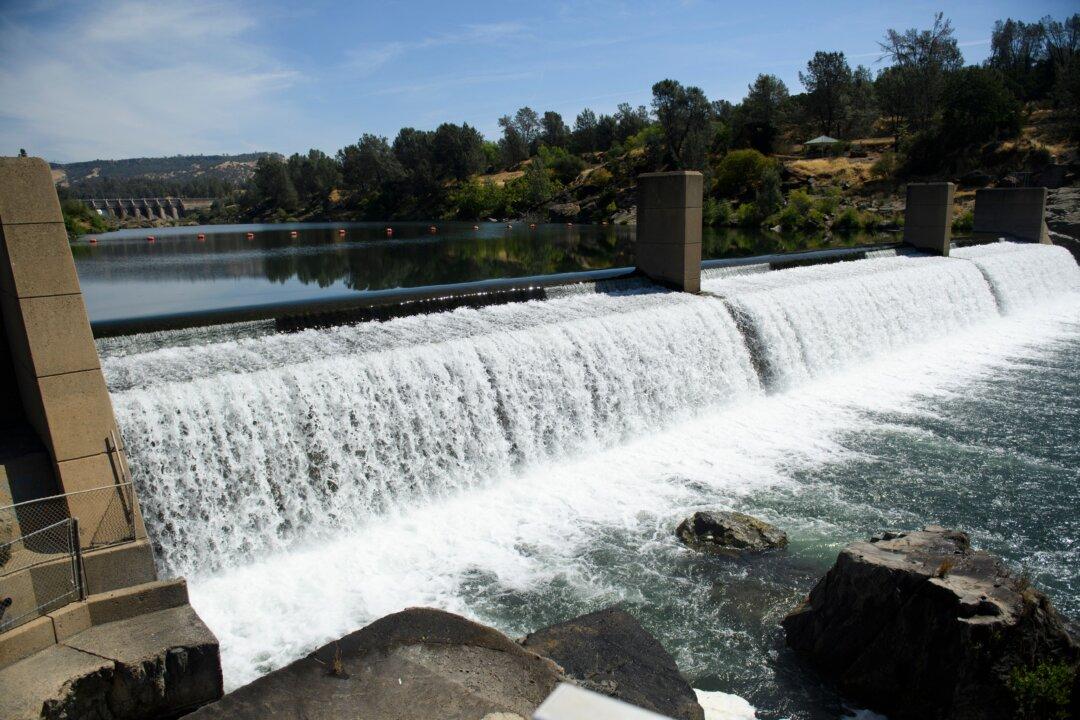A Sacramento County Superior Court judge recently upheld a decision by California’s water board to reduce the amount of water routed from the San Joaquin River and its tributaries to farms and communities for drinking in order to protect two species of fish.
In a March 15 ruling, Judge Stephen Acquisto rejected lawsuits by a dozen water agencies and local governments, which had been consolidated, attempting to overturn a 2018 update to a state water quality control plan, known as the Bay-Delta Plan.





